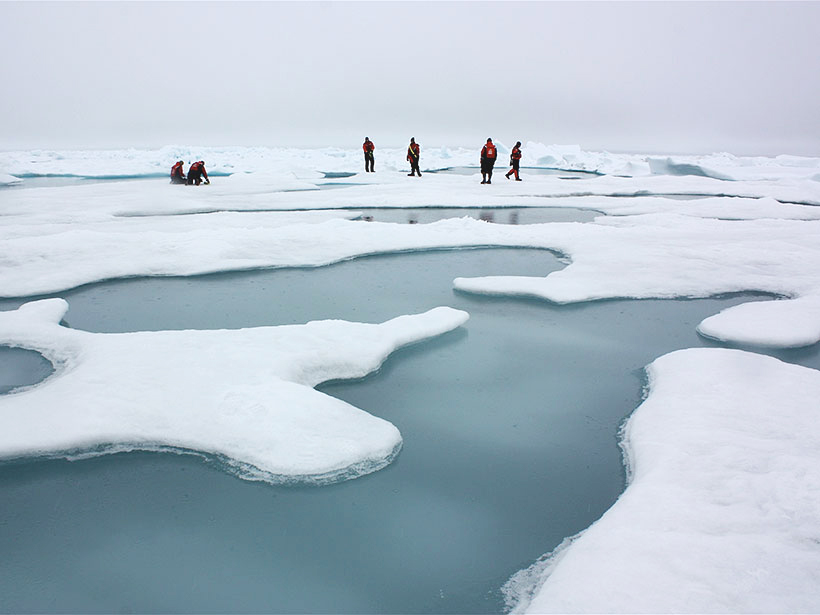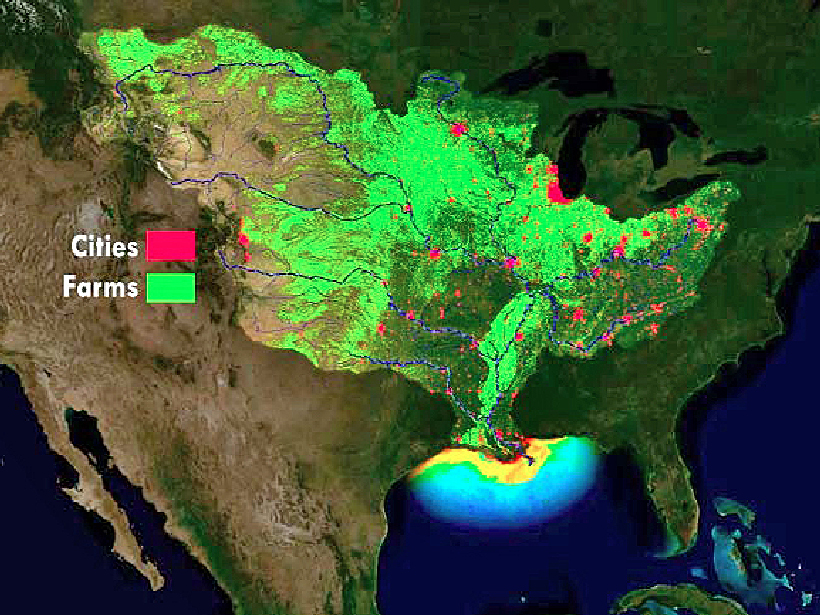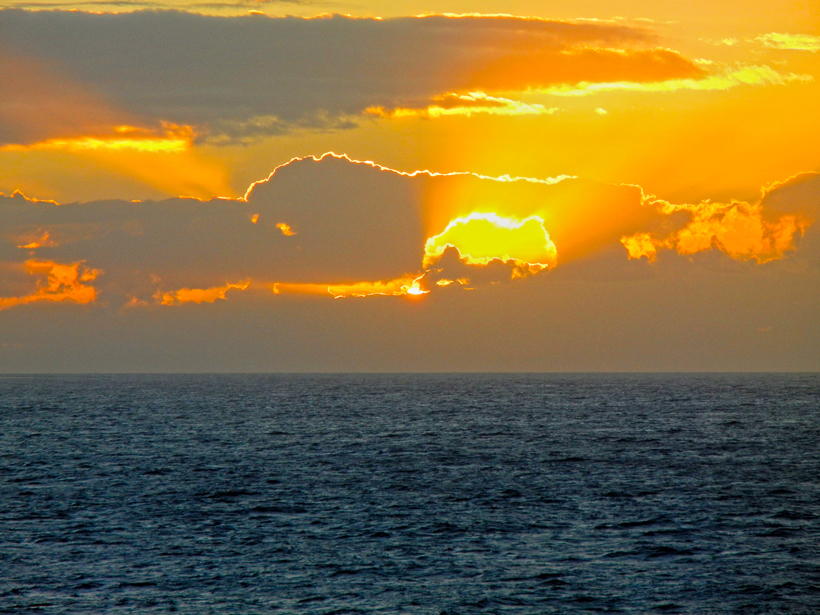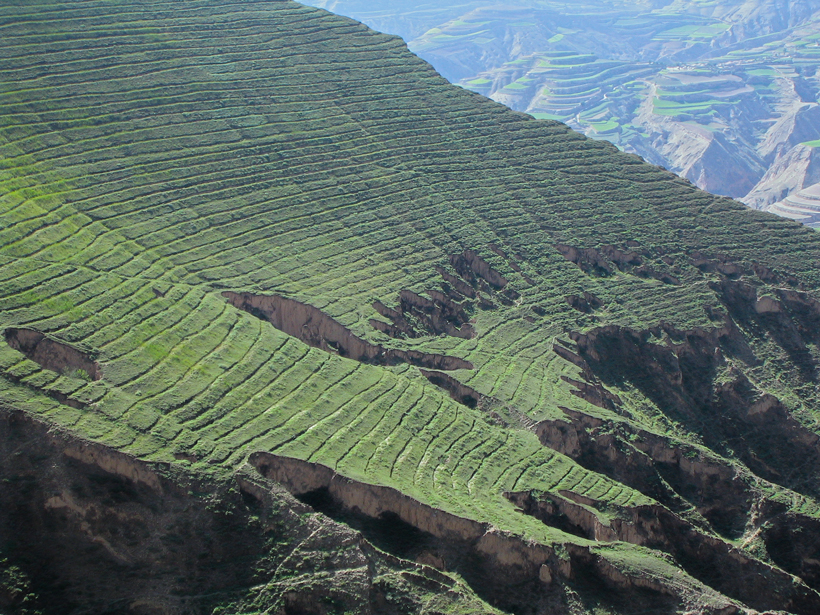Antarctic Subglacial Lake Exploration: First Results and Future Plans; Chicheley Hall, U. K.; 30–31 March 2015
Climate Change
Tailpipe Study: Newer Trucks Emit More Black Carbon
A surprising increase is reported in Europe regarding the global warming agent as tougher emissions standards are unveiled in the United States for trucks.
Pope Calls for Action on Climate Change, Environmental Degradation
Papal encyclical urges strong efforts to protect the environment and the world's poor.
Improving Predictions of Arctic Sea Ice Extent
Scientists in the Sea Ice Prediction Network share and discuss their user-oriented forecasts of seasonal sea ice in a changing Arctic.
Connecticut-Sized Dead Zone Expected in Gulf of Mexico
An ensemble of four computer models evaluated river runoff, wind patterns, and other factors affecting the extent of oxygen-poor waters near the Mississippi River's mouth.
Dispelling Clouds of Uncertainty
How do you build a climate model that accounts for cloud physics and the transitions between cloud regimes? Use MAGIC.
Initiative to Assist Developing Nations with Climate Resilience
The Climate Services for Resilient Development partnership plans to provide expertise and data to help developing nations be less vulnerable.
Global Warming "Hiatus" Never Happened, Study Says
After digging into existing measurements of Earth surface temperatures, a team of scientists finds there was no "hiatus" in temperature rise, which was thought to have started in 1998.
An International Initiative for Science in the Critical Zone
December CZ Science International Workshop; San Francisco, California, 13–14 December 2014
Climate Ride: Are You Up for the Challenge?
A Q&A with AGU's president-elect, Eric Davidson, about the upcoming 2015 Northeast Climate Ride and his experience riding last year.










